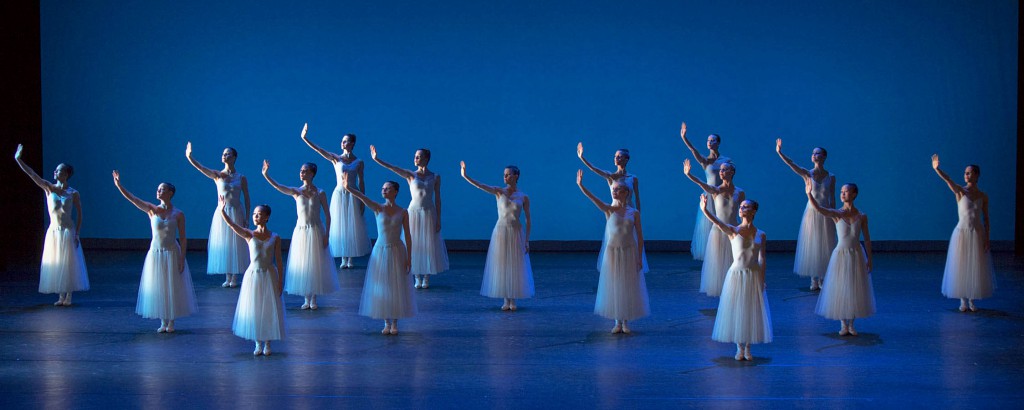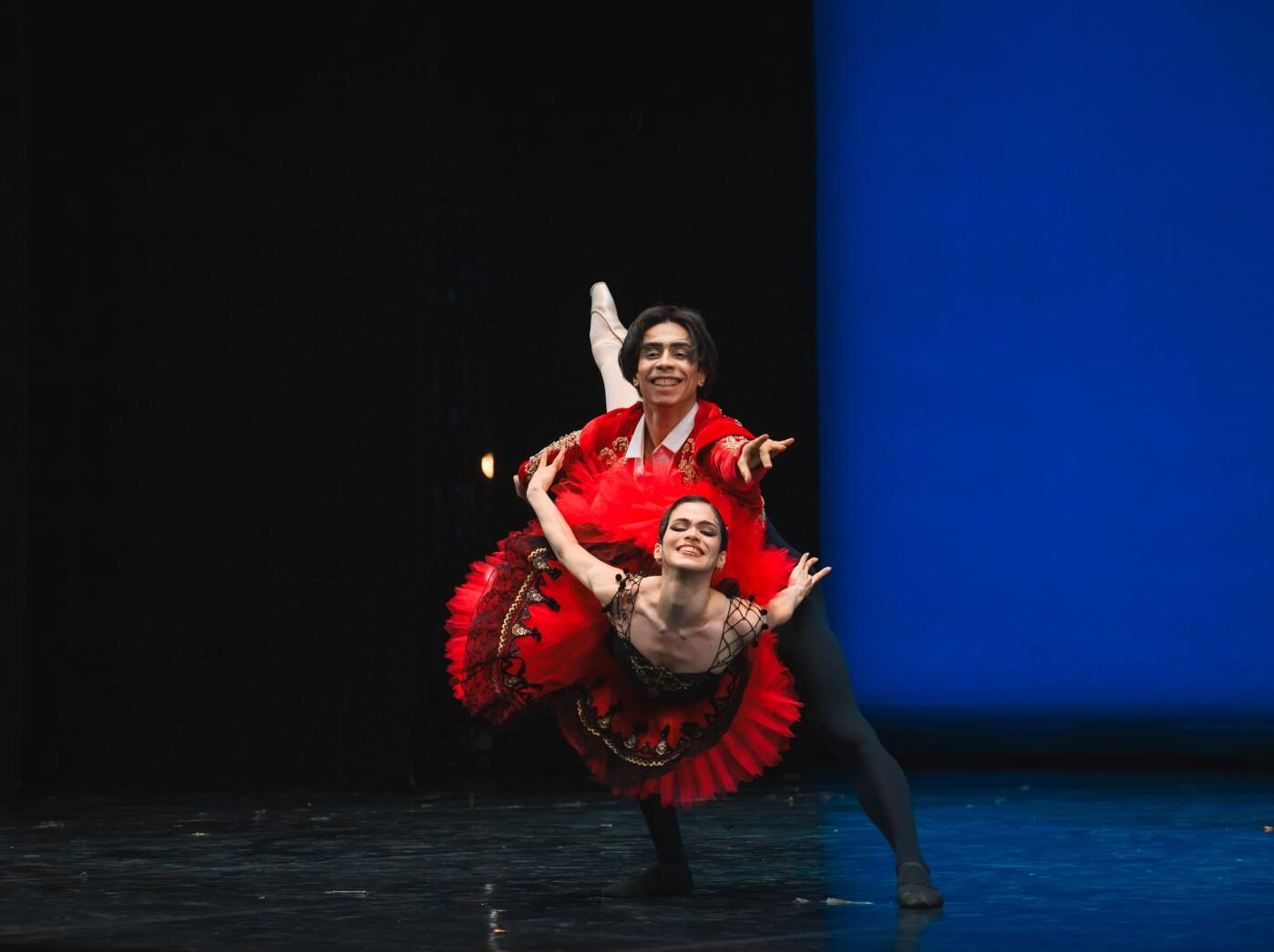“Death in Venice”
Hamburg Ballet – John Neumeier
Hamburg State Opera
Hamburg, Germany
October 17, 2014
by Ilona Landgraf
Copyright © 2014 by Ilona Landgraf
“Wer die Schönheit angeschaut mit Augen,
ist dem Tode schon anheimgegeben,…”
(August von Platen, “Tristan”, 1824)
 “Whose eyes saw the beauty is already entrusted to death,…”
“Whose eyes saw the beauty is already entrusted to death,…”
August von Platen’s late-romantic song, written in 1825, is grounded on the medieval tale “Tristan and Isolde”. Transgressive love and love-death are core aspects of Richard Wagner’s eponymous opera and Thomas Mann’s novella “Death in Venice”, published in 1913. John Neumeier’s ballet version of Mann’s text pays homage to both monumental figures of the history of art. It wouldn’t be “made by John Neumeier”, however, if he hadn’t included additional historical references to broaden and enrich the total picture of the unique love story. He chose Johann Sebastian Bach’s “The Musical Offering” as music to depict the intellectual, well-organized world of Gustav von Aschenbach, alternating with piano pieces by Richard Wagner. The latter evoke the ecstatic, Dionysian counterworld Aschenbach gets into in Venice. Integrating music by Wagner moreover takes into account that many aspects of his autobiography, published in 1911, recur in Mann’s “Death in Venice”. Just as for Aschenbach, Venice was Wagner’s city of refuge. In 1848 he intended to finish his “Tristan” in the lagoon city where he also wanted respite from his broken marriage with Minna and his desperate love affair with Mathilde Wesendonck. (more…)
 Behind the abstract title “b.21” in the program of the Ballett am Rhein is a ballet evening by Martin Schläpfer, the twenty-first one, since Schläpfer took over as artistic director and resident choreographer at the capital city of North Rhine-Westphalia. The triple bill encompasses George Balanchine’s “Serenade”, followed by “Alltag” (meaning “Daily Life”), a new piece by Hans van Manen, and closes with Schläpfer’s “Johannes Brahms – Symphony No. 2”. (more…)
Behind the abstract title “b.21” in the program of the Ballett am Rhein is a ballet evening by Martin Schläpfer, the twenty-first one, since Schläpfer took over as artistic director and resident choreographer at the capital city of North Rhine-Westphalia. The triple bill encompasses George Balanchine’s “Serenade”, followed by “Alltag” (meaning “Daily Life”), a new piece by Hans van Manen, and closes with Schläpfer’s “Johannes Brahms – Symphony No. 2”. (more…)



